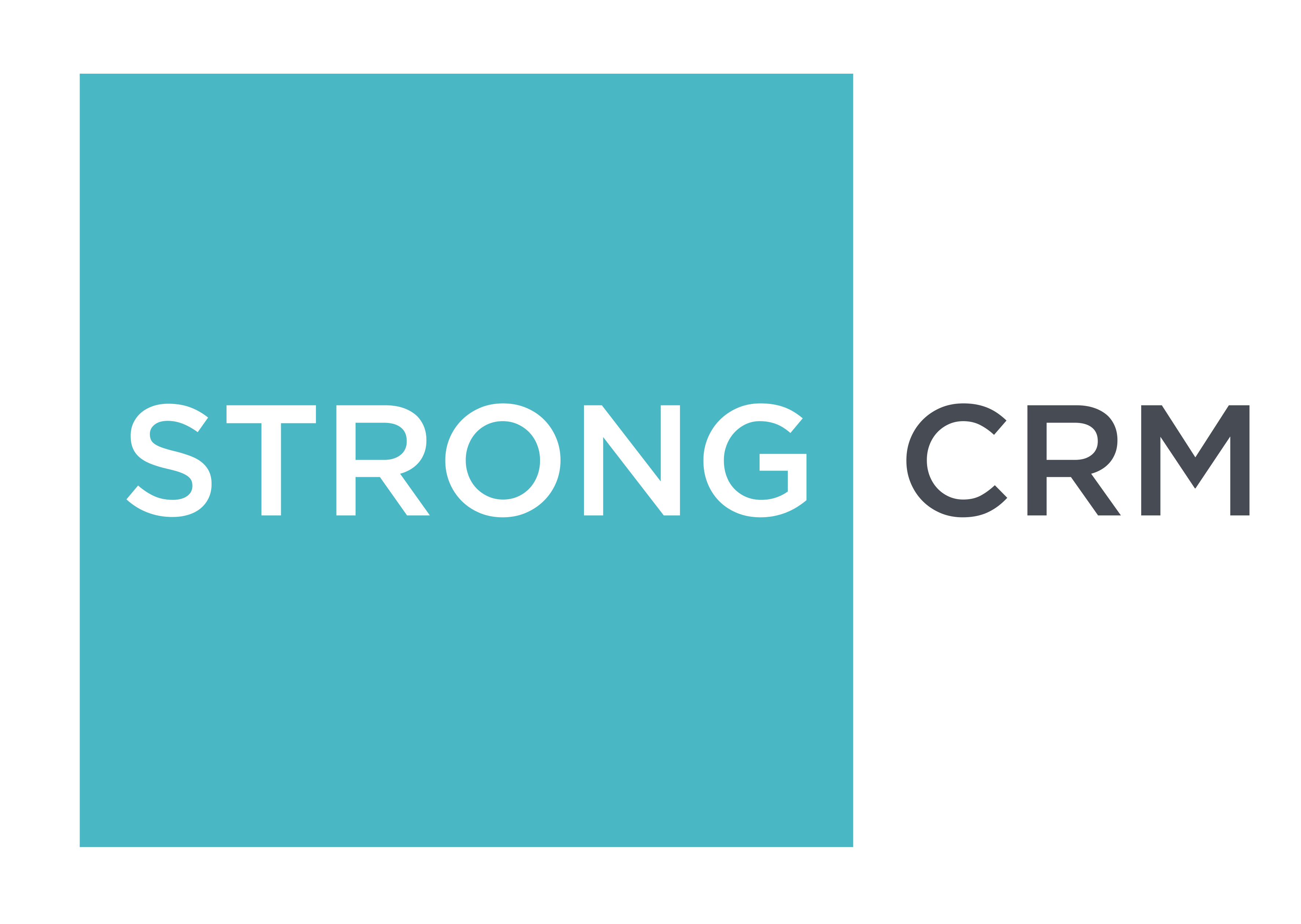5 Core Metrics Everyone Should Track in Their CRM
Running a business is hard enough, running a successful business is even more of a challenge. For anyone looking to succeed in their business ventures, data about your company’s strengths and weaknesses is an essential part of growing. To create a healthy and scalable company, tracking the important stuff in Salesforce is vital, and to truly harness the power of Salesforce, it is crucial to track and analyze the most important metrics that drive business growth.
In this post, we will outline the first 5 core metrics you should be tracking in CRM, and while a few of these might seem obvious to some, our last metric is one that even major companies have missed and has cost them millions.
Cost to Acquire Customer (CAC):
The Cost to Acquire Customer metric shows companies what resources and expenses are involved in acquiring a new customer. By tracking CAC in Salesforce, businesses can evaluate the effectiveness of their marketing. A lower CAC shows efficient lead generation and conversions, ensuring a return on investment. Monitoring CAC allows businesses to identify areas where they should and shouldn’t be spending their money to make sure that marketing efforts are reaching their target audience. Without properly monitored CAC, companies could be spending large sums of money that might as well be going straight into the garbage.
Annual Recurring Revenue (ARR):
ARR is a critical metric for subscription-based businesses, as it shows the revenue stream generated from ongoing subscriptions. Tracking ARR in Salesforce helps organizations understand their financial stability, forecast future growth, and assess the effectiveness of their subscription models. By monitoring ARR, businesses can identify opportunities for optimizing pricing strategies, which contribute to increased revenue and customer satisfaction. This, alongside the next metric, are immensely important to understand and evaluate side-by-side.
Churn Rate:
The Churn Rate metric measures the rate at which customers leave or discontinue their subscriptions. By tracking churn in Salesforce, organizations gain insights into customer satisfaction, product adoption, and potential areas for improvement. A high churn rate shows a need for enhanced customer retention strategies, while a low churn rate signifies successful customer engagement and loyalty. By analyzing churn data, businesses can be proactive in reducing churn by providing better customer support, offering additional value-added services, and refining their product offerings. While sometimes churn can simply be attributed to a change in customers’ needs or having an especially good or bad year, consistent churn rates can be indicative that change is needed in order to improve customer satisfaction and to continue making money.
Lifetime Value (LTV):
Understanding the Lifetime Value metric is crucial for businesses looking to maximize their revenue and establish long-term customer relationships. LTV measures the total value a customer brings to the business throughout their engagement. By tracking LTV in Salesforce, organizations can identify high-value customers, personalize their marketing strategies, and distribute resources effectively. Increasing LTV not only boosts revenue but also fosters customer loyalty, as businesses can provide personalized and tailored experiences to their customers. LTV alone though, is not the end of the story. The next metric takes LTV a step further and helps provide some additional insights that can make or break a company.
Cost-adjusted LTV (CLTV):
Cost-adjusted LTV is the last and most commonly overlooked metric on this list. CLTV is similar to LTV, but additionally accounts for the cost to serve a client. For example, if the LTV of a client is $8,000 and the total cost to serve that client the product is $4,000, the CLTV would be $4,000, indicating a 50% difference between the LTV and the CLTV of the same customer. This is a crucial metric to track as your business scales, but it is often overlooked during the early stages of fundraising. Past Series A, it is incredibly hard to raise money if you don’t have this metric tracked and under control.
Conclusion:
Tracking these core metrics is essential for businesses seeking to achieve sustainable growth and make sure they are on the right track. By monitoring the Cost to Acquire Customers, Annual Recurring Revenue, Churn Rate, Lifetime Value, and especially Cost-adjusted Lifetime Value metrics, businesses can make better decisions and avoid catastrophic business failures that are now so common in the tech industry.
Salesforce provides a robust platform for tracking and analyzing these metrics, but properly managing and tracking data on the platform can be difficult for even the most experienced business owners. Look out for our future posts, as we will discuss how to track some of these metrics soon. To learn more about these and other critical sales and marketing metrics, check out this blog by Salesforce.
And as all tech blogs end: a shameless plug.
Anyone interested in getting the most out of their Salesforce setup can reach out directly to Strong CRM to learn more about us and what we do. Our team of dedicated CRM experts provides customized and effective implementations for any of your company’s needs and we would love to meet with you.

